When we think of pirates, the image that often comes to mind is a tattered black flag bearing a skull and crossbones flying over a looming ship. But pirate flags were never just decoration. They were a terrifying psychological weapon. Long before cannons fired or swords clashed, these flags did the first wave of damage to the minds of their victims.
In the golden age of piracy, spanning the late 1600s to early 1700s, pirate crews knew that reputation was everything. And in a time without the internet or news outlets, fear spread fastest through symbols. Pirate flags, especially those feat
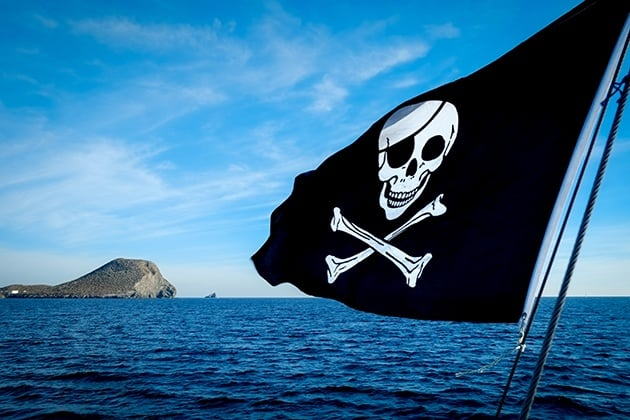
The Black Flag: A Warning of Doom
Black flags were the most iconic and widely recognized symbols among pirate fleets. But their purpose wasn’t just to be stylish they were a calculated threat.
When a merchant ship spotted a black flag on the horizon, they knew they had a choice: surrender quickly or suffer the consequences. The black flag signaled that the pirates would offer quarter meaning they’d spare the lives of the crew but only if they didn’t resist. If the crew fought back, things would turn much uglier.
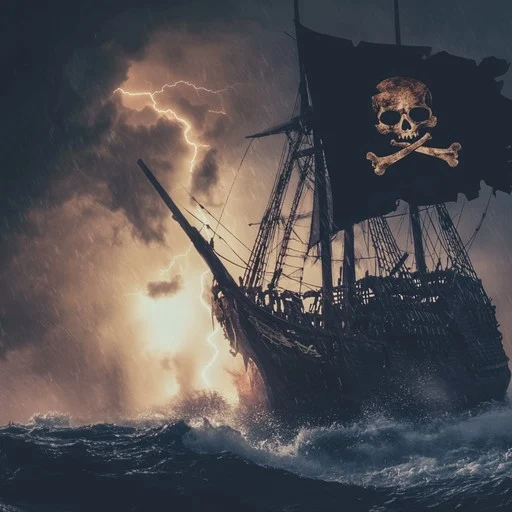
Many of these black flags featured skulls, hourglasses, skeletons, or bleeding hearts all symbols of death and time running out. It wasn’t just flair. These images were meant to trigger panic and helplessness, paralyzing crews with dread before a single shot was fired.
The Red Flag: No Mercy Given
While the black flag was a threat, the red flag was a promise. A red pirate flag, often known as “the bloody flag,” sent one clear message: no quarter would be given. This meant that if the ship resisted, no one would be spared no matter their rank or innocence.
Video:
Hoist the Colors: History of the Pirate Flag
Red flags struck fear into the hearts of sailors more than any cannon could. Many pirate captains raised a black flag first to offer a chance to surrender. But if that offer was refused, the red flag would go up. It was a psychological tactic designed to break morale quickly.
To see that switch was to face death. Panic and chaos often followed. Some crews jumped overboard rather than face a fight they couldn’t win. Others dropped their weapons instantly
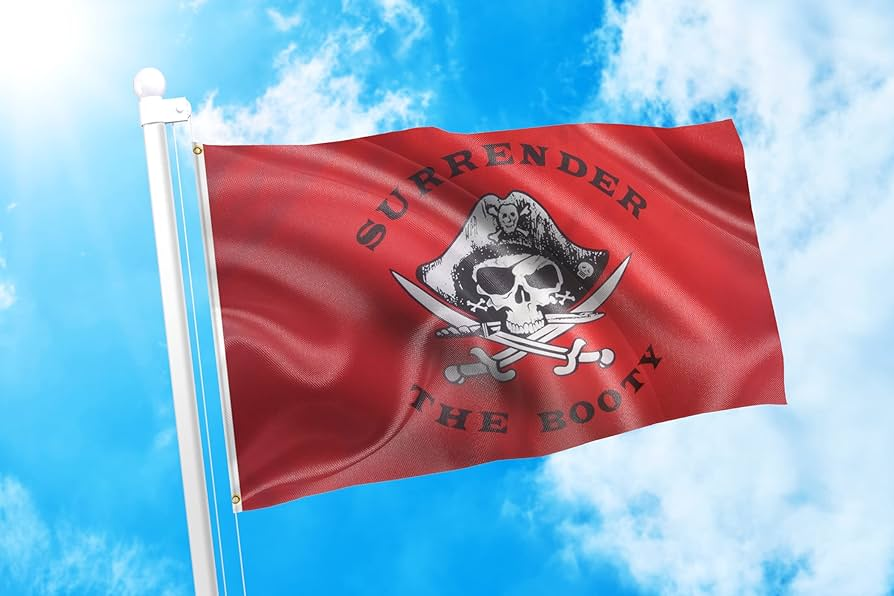
Personalized Flags and Pirate Branding
Not all pirate flags looked the same. In fact, some notorious pirates designed their own flags to amplify their reputation.
Edward Teach, better known as Blackbeard, famously flew a black flag with a skeleton holding an hourglass in one hand and a spear pointing to a bleeding heart in the other. This chilling image combined multiple symbols of death, pain, and time, making it one of the most effective psychological tools on the seas.
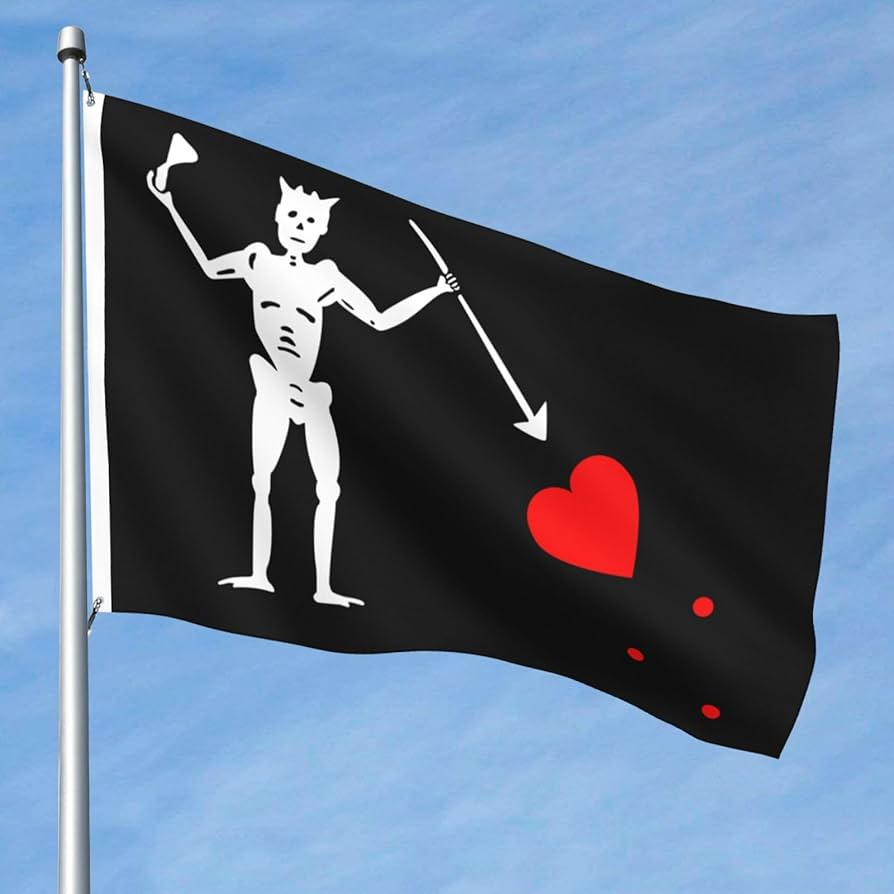
“Calico Jack” Rackham’s flag showed a skull above two crossed swords a direct, no-nonsense design meant to signal that violence was imminent.
By customizing their flags, pirates created brand recognition. Sailors could identify who was coming and remember stories of what those pirates had done in the past. That notoriety alone often led ships to surrender without a fight.
Pirate Flags as Silent Battles
Imagine being on a quiet trade ship, watching a small dot on the horizon grow larger. Soon you see a flag: black with bone-white symbols. Panic spreads. Some crew members run for weapons. Others fall to their knees in prayer. Before the pirates even arrive, your ship is in chaos.
That’s what pirate flags were designed to do.
Video:
Are Pirate Flags Still In Use Today? – The Action Reel
They waged silent battles long before physical combat began. They shattered confidence, broke unity among sailors, and pressured quick surrenders. Many pirate attacks ended without bloodshed, simply because the psychological advantage worked so well.
Color, Symbolism, and Psychological Warfare
Color played a vital role. Black has long been associated with death, the void, the unknown. Red triggers biological alarm systems it’s the color of blood and danger. Pirates were using color psychology centuries before it had a name.
Symbols like hourglasses told sailors their time was running out. Skeletons meant death was close. A bleeding heart warned of pain and cruelty. These flags were designed with one goal in mind: to instill maximum fear in minimal time.
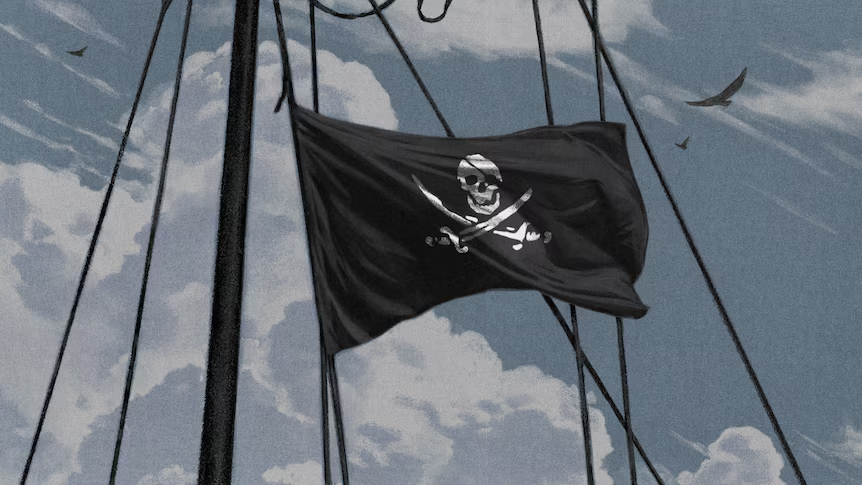
Conclusion: Flags That Fought Without Firing
Pirate flags were not random banners flapping in the wind. They were powerful psychological tools, carefully crafted to terrify and subdue. From the ominous black flags offering a chance at survival to the brutal red flags that promised no mercy, these pieces of cloth often decided battles before they even began.
In an age where every second mattered, pirate captains knew that fear was the strongest weapon they had and their flags made sure that weapon struck first.
Even today, centuries later, the sight of a skull and crossbones still evokes unease. That’s the legacy of pirate flags: symbols that fought harder than swords and left a mark on history without spilling a drop of ink more than necessary.


